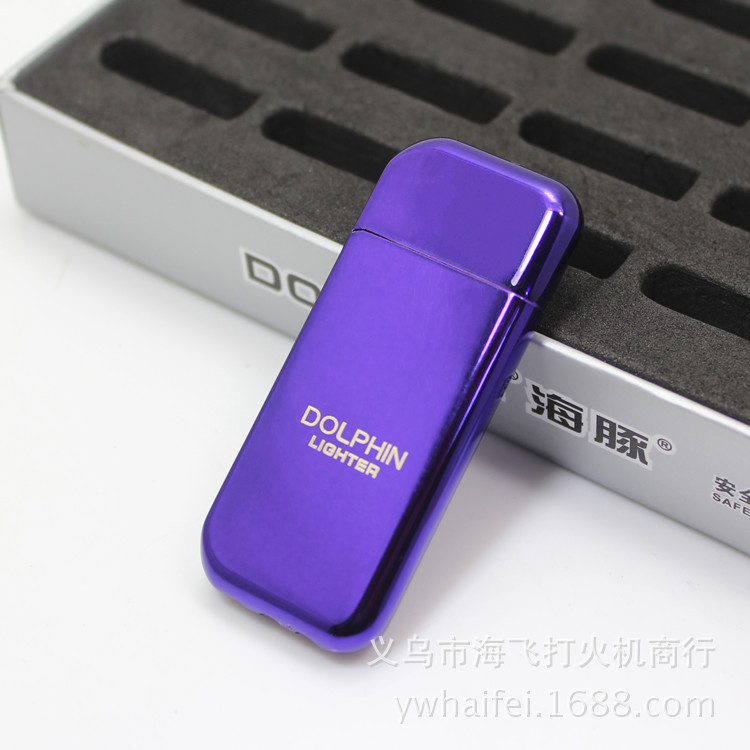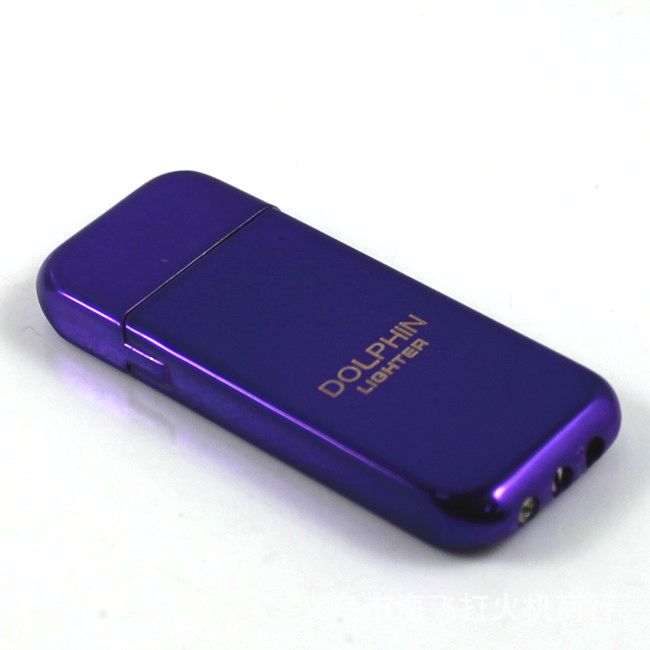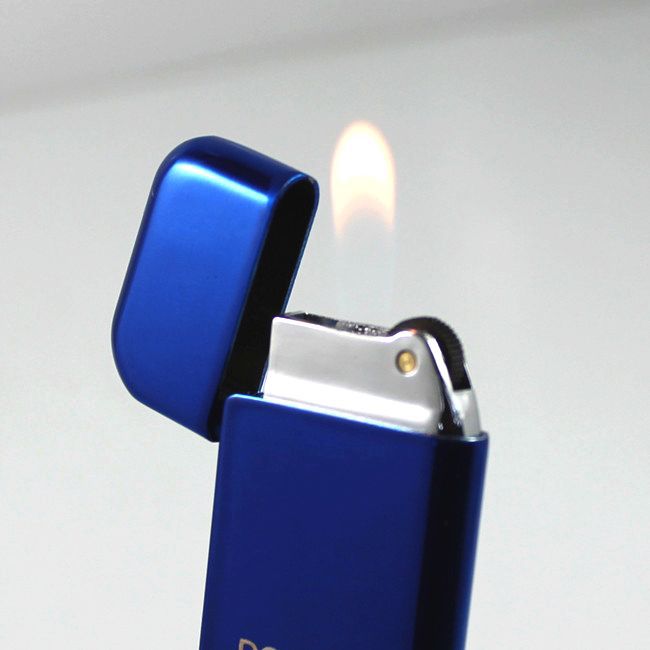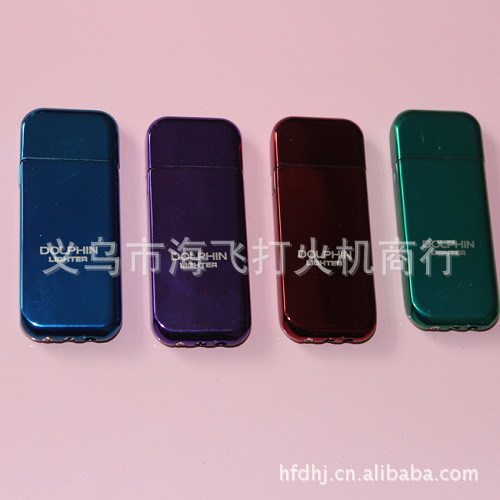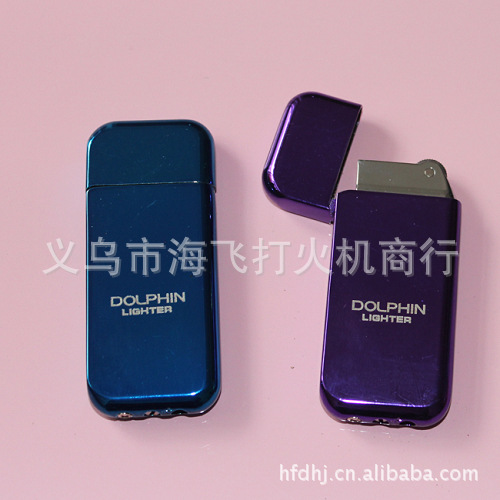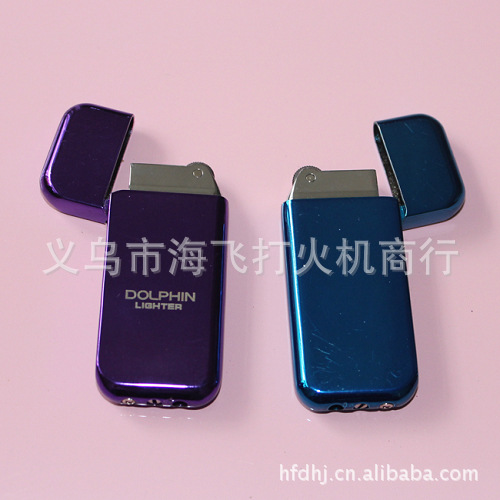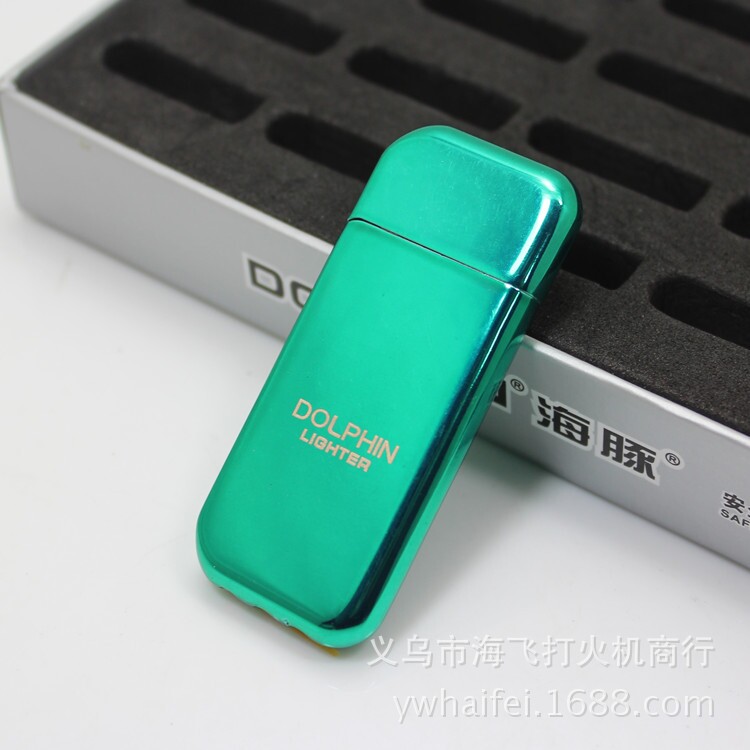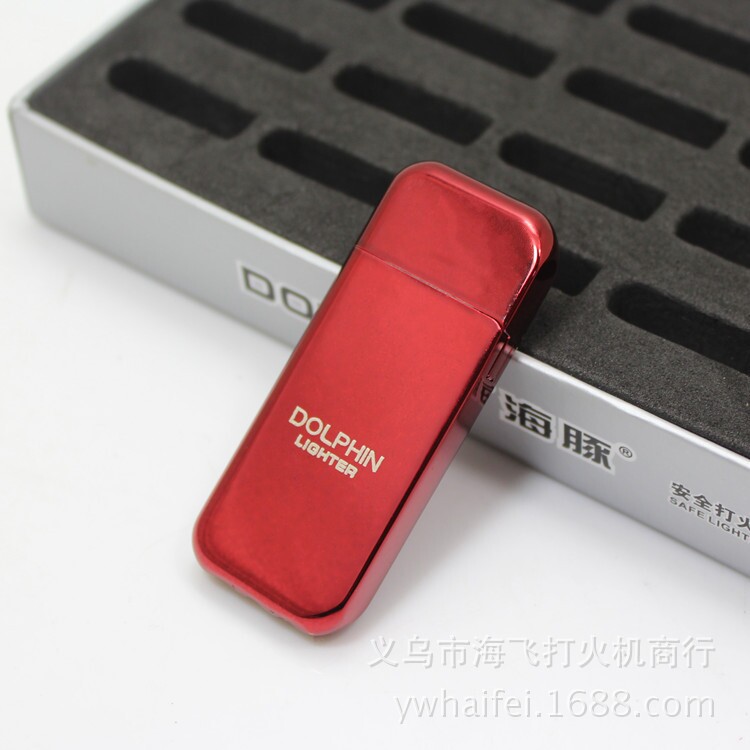|
Long 6.8cm+ wide 2.5cm
Lighters, lighters, Piezoelectric ceramic magnetic induction lighters lighters, batteries, solar energy, micro lighter lighters 6 categories. Their fuel was ignited by roughly the same, the main difference is how the firing mechanism to get angry.
Lighters of fuel is mainly used by combustible gases. Early use of gasoline, because of the smell, it is now rarely used. Now the use of butane, propane and liquefied petroleum gas. They are filled with pressurized gas tank, once released into the air as they are endothermic gasification and the rapid expansion of a highly flammable. Butane (CH3CH2CH2CH3), also known as n-butane, is both have the same molecular formula (C4H10) of n-alkane hydrocarbons collectively. Includes: n-butane and Isobutane (2-methyl propane). Butane is a flammable, colorless, easily liquefied gases. Development is an important raw material for petrochemicals, organic raw materials, its uses have received increasing attention.
Properties: colorless flammable gas. Melting point 113,535 c, 105 c boiling point, relative density 0.5730 (25C), refractive index 13326 (20. C), the critical temperature of 11,520 l. C, the critical pressure 38OkPa, the critical volume 4387ml/g. Insoluble in water, soluble in alcohol, ether, chloroform and other hydrocarbons. Form explosive mixtures with air, explosive limit for 19%~84% (XI).
Production: this product exists in the oil gas, wet gas and cracking in gas, petrochemical naphtha cracking plant, cogeneration carbon four hydrocarbons, ethylene production was about 40%; the carbon from petroleum refinery fluid catalytic cracking unit four hydrocarbons, accounted for 6% of the device, with separation of butane. 1, from the oil fields and wet natural gas separation: after its pressurized condensate separation, including propane, butane, LPG, propane and butane to then separated by distillation. 2, isolated from petroleum cracking four fractions of carbon: for example, pyrolysis naphtha medium depth with about 65% of n-butane, butane content in split heavy distillate products is lower. In recent years, some using molecular sieve catalyst of catalytic cracking unit in refinery and hydrocracking process, resulting in yields of butane increased refinery gas, butene yield decreased. The butane gas separation process is as follows. Exhaust from the FCC, by fractionation and separation after three, isobutylene and carbon five fractions of carbon, taken from the bottom into the top group b Mang distillation, extractive distillation tower received more than 90% of n-butane.
|



